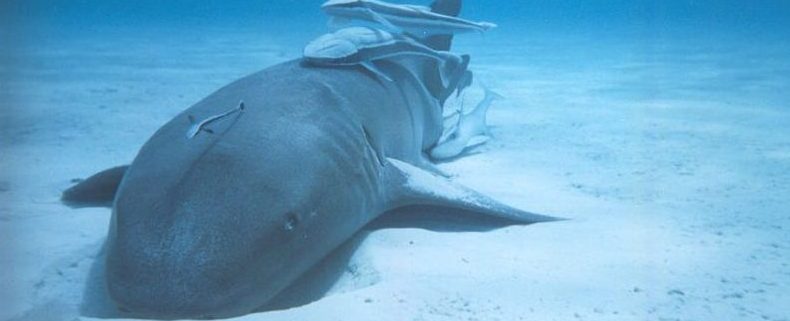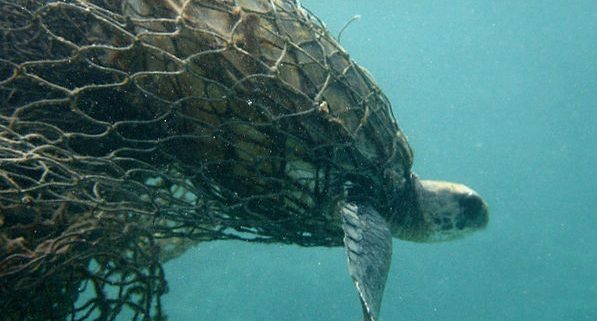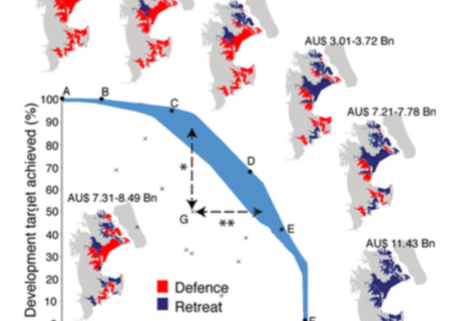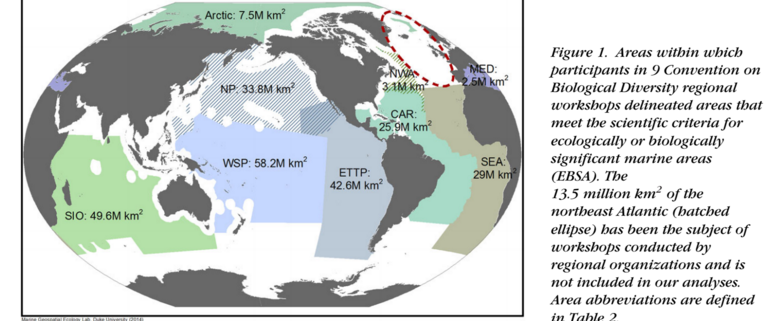Fishes that rule the world: circumtropical distributions revisited
By William Evans, SRC Intern Fishes that rule the world: circumtropical distributions revisited (2015) by Gaither, Bowen, Rocha, and Briggs reviews and updates the list of circumtropical fishes that was published in1960. The term circumtropical is defined by Merriam-Webster dictionary as “surrounding or distributed throughout the tropics”. Circumtropical fishes represent less than 1% of the […]
Portrayal of sustainability principles in the mission statements and on home pages of the world’s largest organizations
By Dana Tricarico, SRC Intern The 1992 United Nations Conference on Environment and Development held in Rio de Janeiro showed a wide span global agreement to change attitudes and behavior regarding sustainable development- an increasingly important idea beginning in the 1970’s. Conventions and commissions such as these led to terms like “corporate social responsibility (CSR),” […]
Buoyless Nets Reduce Sea Turtle Bycatch in Coastal Net Fisheries
By Ryan Keller, SRC Intern Bycatch of megafauna (larger organisms) is a serious negative side effect that stems from the practice of commercial fishing worldwide. Often fishing practices such as long lines or using nets are effective at catching the target species but also will entrap many other organisms. Often for organisms that breath air […]
Assessing the effectiveness of specially protected areas for conservation of Antarctica’s botanical diversity
By Shannon Moorhead, SRC Intern When one thinks of Antarctica, the first things that come to mind are frigid, icy weather and penguins. Therefore, it may come as a surprise to many that Antarctica is home to a variety of plant communities. Only 0.34 % of the Antarctic continent, and approximately 3% of the Antarctic […]
Reconciling Development and Conservation under Coastal Squeeze from Rising Sea Level
By Timothy Hogan, SRC Intern In the face of global warming, melting ice caps and thermal expansion gradually increase sea level, affecting the majority of the world’s coast. As a result, coastal ecosystems, such as mangrove forests and salt marshes, will lose a large amount of their diversity. The loss of settlements to flooding may […]
Findings from the Convention of Biological Diversity have revealed some of the most biologically significant areas of the ocean – Paper by Nicholas J. Bax et al.
By Jeff Palumbo, SRC Intern Ecologically or biologically significant marine areas (EBSAs) are the result of a global effort headed by the United Nations and the Convention on Biological Diversity (CBD) (Bax et al. 2015). The lack of marine protected areas beyond national jurisdictions was noted by the UN and addressed by the CBD. Experts […]






